“Live for Soil; Soil to Live” (LSSL) is ready to receive visitors, PART 2 – Actions, progress and preparations
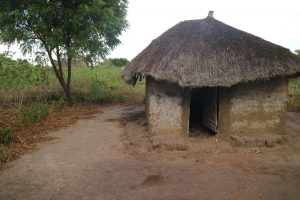
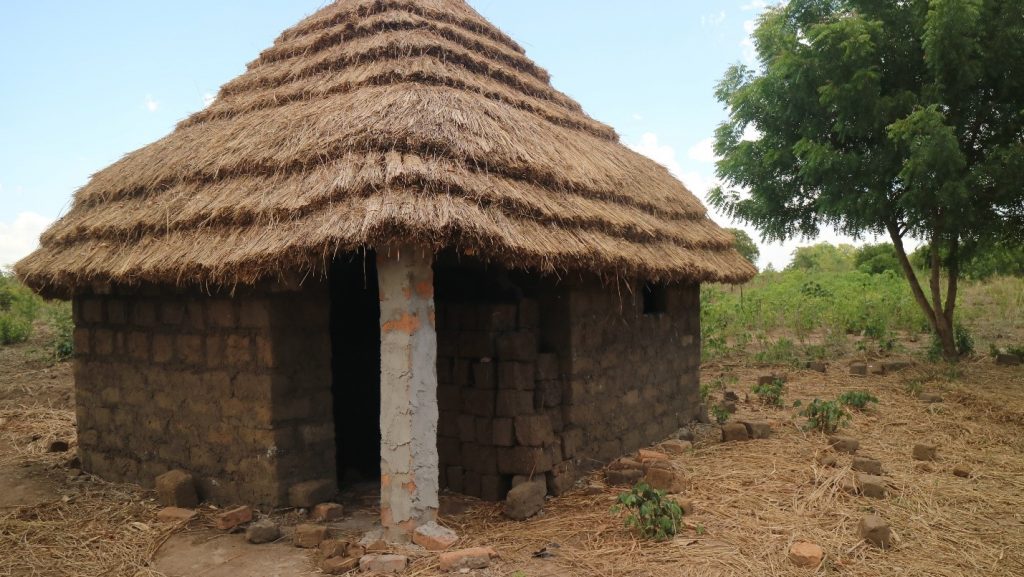
Figure 1 The former hut, Omojonga, Kalaki, Uganda 2019
Figure 2 new hut, April 2019. (Note well, the neem tree).
July 2019 “Live for Soil; Soil to Live” (LSSL) is ready to receive visitors
PART 2 – Actions, progress and preparations
Omojonga and LSSL in June, 2019
In June 2019, 68 pieces of four different types of flowers were bought and planted in in the Omojonga compound homestead and so-far, they are doing so well although one plant was destroyed by termites. The flowers will be to decorate the centerpiece around the Kitchen Garden with different varieties of indigenous and local crops and edible vegetables.

Figure 3 Omojonga homestead, almost complete, June 2019
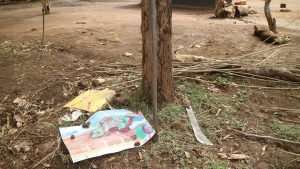
Figure 4 Using posters from Kulika Uganda to work on the Kitchen Garden technique, April 2019
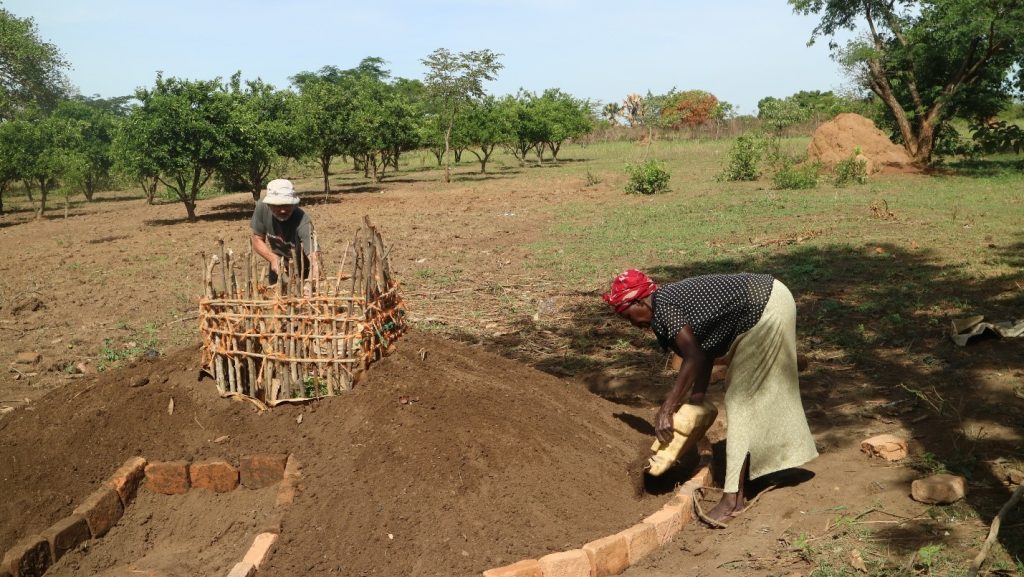
Figure 5 Nick and Hellen Acuro working on the Kitchen Garden, April 2019
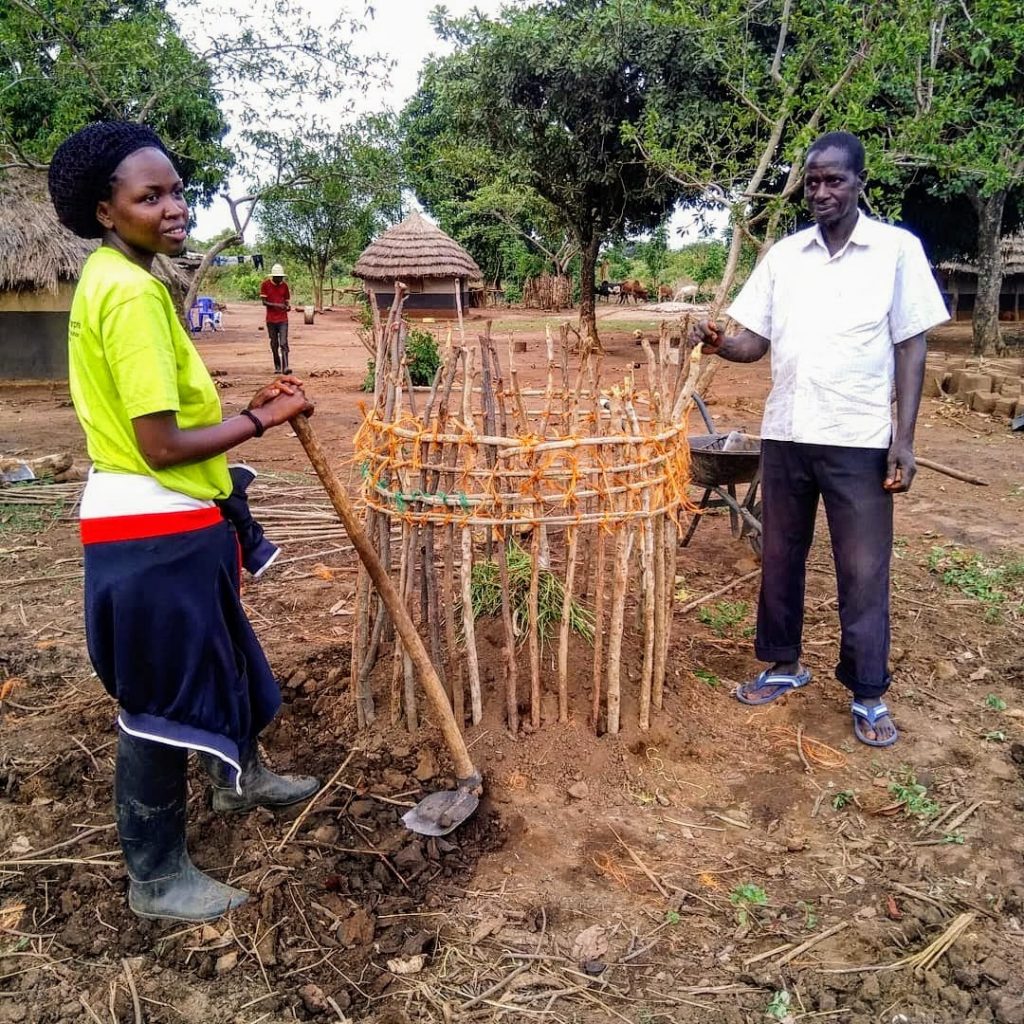
Figure 6 Asomo Genevieve and Pastor Francis handle the first stages of the Kitchen Garden.
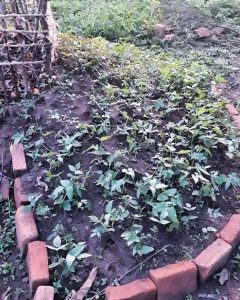
Figure 7 The Kitchen Garden with early germination of Cowpeas (Vigna unguiculata) known locally as Boyo.
The four Kumam-style local huts have been completed. Their size will accommodate two visitors and possibly three, so we shall be able to host eight or more visitors, with what we have including the kitchen for cooking and storage, toilets, and a bathroom. At the time of writing each hut was undergoing the final fittings, which includes fixing of doors, windows, and completion of the floors. ETFE used an old mango tree bought locally. The veranda will be the second last thing to do on each hut; then the special painting will be done at the beginning of August. The verandas are done using cement for several reasons including protection from the rains, long-lasting qualities, resistance to termites and somewhere comfortable for guests to enjoy. The latrine is dug but construction on the building will start when we are doing the verandahs because they will use the same materials. That will also include the bathroom floor.

Figure 8 Pastor Francis, showing some excellent thatching skills. A tamarind tree (Tamarindus indica) in the foreground.

Figure 9 Two huts in Omojonga, early in April 2019
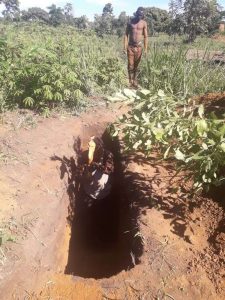
Figure 10 Thanks to Nyagi and Sam Ilegu for the work digging the latrine holes, June 2019
Other crops and vegetables
During the first rains, we planted one and half kilograms of chickpea seed and intercropped this with sweet corn. As a sample, they are doing well, because there was good germination of both, we added more two kilograms of chickpeas and planted them for this second season which will be harvested by November 2019. We plan to plant more maize and beans on one side of that same garden because it is an extensive area.
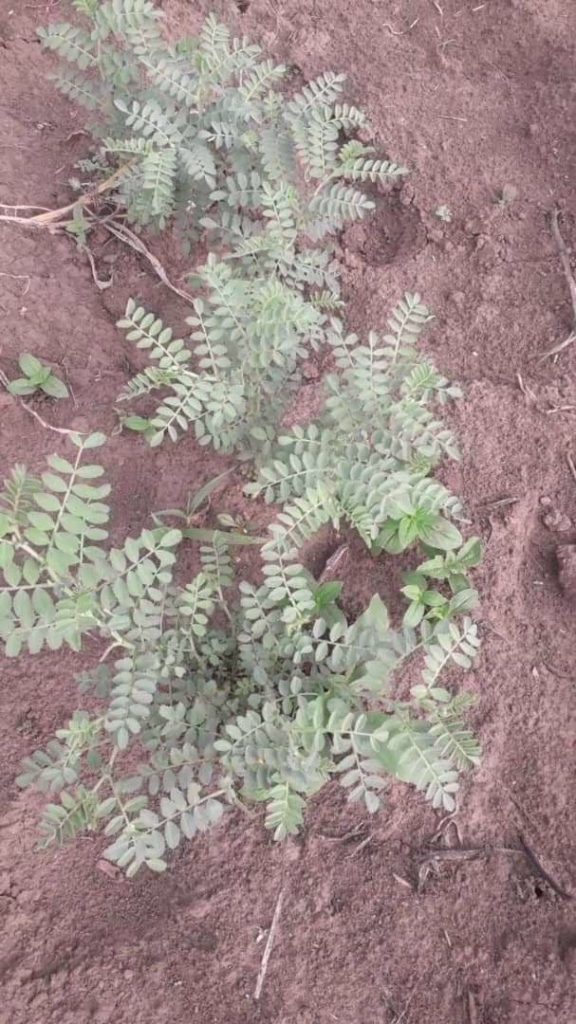
Figure 11 a close-up photo of a Chickpea plant (Cicer arietinum), June 2019
Nursery beds
We planted ten different types of vegetable on the nursery beds in June. These include Cabbages (giant drum head), tomatoes (splendor), red onions (Red passion F1), Chantenay carrots, which become sweeter from the roots as the soil cools, green pepper (California wonder), sweet cream pumpkins, purple eggplant, Sukuma wiki or kale (Brassica oleracea) and some spider flowers (Cleome gynandra). Most of the have been transplanted to the garden except egg plants and onions. These are now growing well.
Piggery
ETFE gave out Edenga, the four month old male piglet, to Nyagi, who is one of the workers with us. Nyagi aims to take temporary care of but not to own the male piglet. This was decided for three reasons:
- To reduce the overall cost of feeding nine pigs;
- To avoid him mating with siblings, which can happen and is a problem in terms of breeding;
- To make revenue in the future when he becomes a good boar. Neighbours and local people can hire him to mate their pigs and the traditional local system is that one piglet will be given to us for every mating job. Nevertheless, extreme care needs to be taken to make good, strong and resilient pigs for meat and resale.
Nyako (mother pig) was soon taken away from her piglets to some neighbour’s home to mate and she got pregnant on the last weekend of June. During that time her piglets were one and half months old and were placed into the sty, seven of them, four female and three males but one male was sold to a neighbour for 80,000ugx (£18 approx.).
The remaining six piglets are fed with maize-bran, fibre from greens like Otutu (Commelia-bengalisis), sweet potato vines, cassava leaves and root tuber. Some food is also brought from Kalaki from a relative’s restaurant. These are left-overs of posho (maize-meal polenta), beans, beef bones, millet bread, rice, some fish bones and so on. These are handled with care considering bio-security questions.
Medicine – when necessary – is administered to them with maize-bran, in other words, a mixture of Aloe vera, neem tree leaves (Azadirachta indica) and Moringa (Moringa oleifera). A local plant known in Kumam as Acwacwa is also used in the medicine mixture.

Figure 12 The Piggery based at Ebonyu Homestead
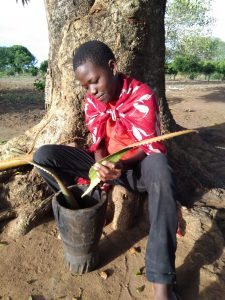
Figure 13 Illepo Isabella pounding Aloe vera for medicine, June 2019
Passion fruit (Passiflora edulis)
We bought Masaka small type passion fruit and kept the seeds, dried them and planted them. The ones that germinated were transplanted to the garden which has already planted Ejumula (Jatropha) and Etuba (Ficus natalensis) plants to support with climbing this garden is also next to the mango tress with beehives and orange orchard, we have done this on quarter of the garden so far but be have more seeds to plant and fill the all garden,
We planted maize and Akeu (Cleome gynandra or spider flowers) in the same garden of passion fruit. This is to attract bees. So, both crops and oranges with their flowers are beneficial for bees.
Beekeeping
We harvested our first honey in May 2019. However, the bees left all the hives, and that’s been the case since then. They departed for several reasons including the stress of climate change and the extremely long drought, which seriously affected the flowering of plants. Other places had some rain and we believe some of them migrated to such places. Furthermore, there was an infestation of red ants (Solenopsis spp.) and wild rats. However, on one full day, we cleaned the hives and reset them for the next swam as we are expectant because the plants are now flowering. There are various ways to attract them.

Figure 14 Illepo, Sam Ilegu and Asomo working to kill off the red ants that had attacked the bee hives.
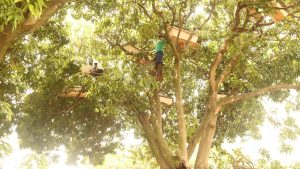
Figure 15 Aguso and Sam Ilegu up in the mango tree inspecting the beehives.
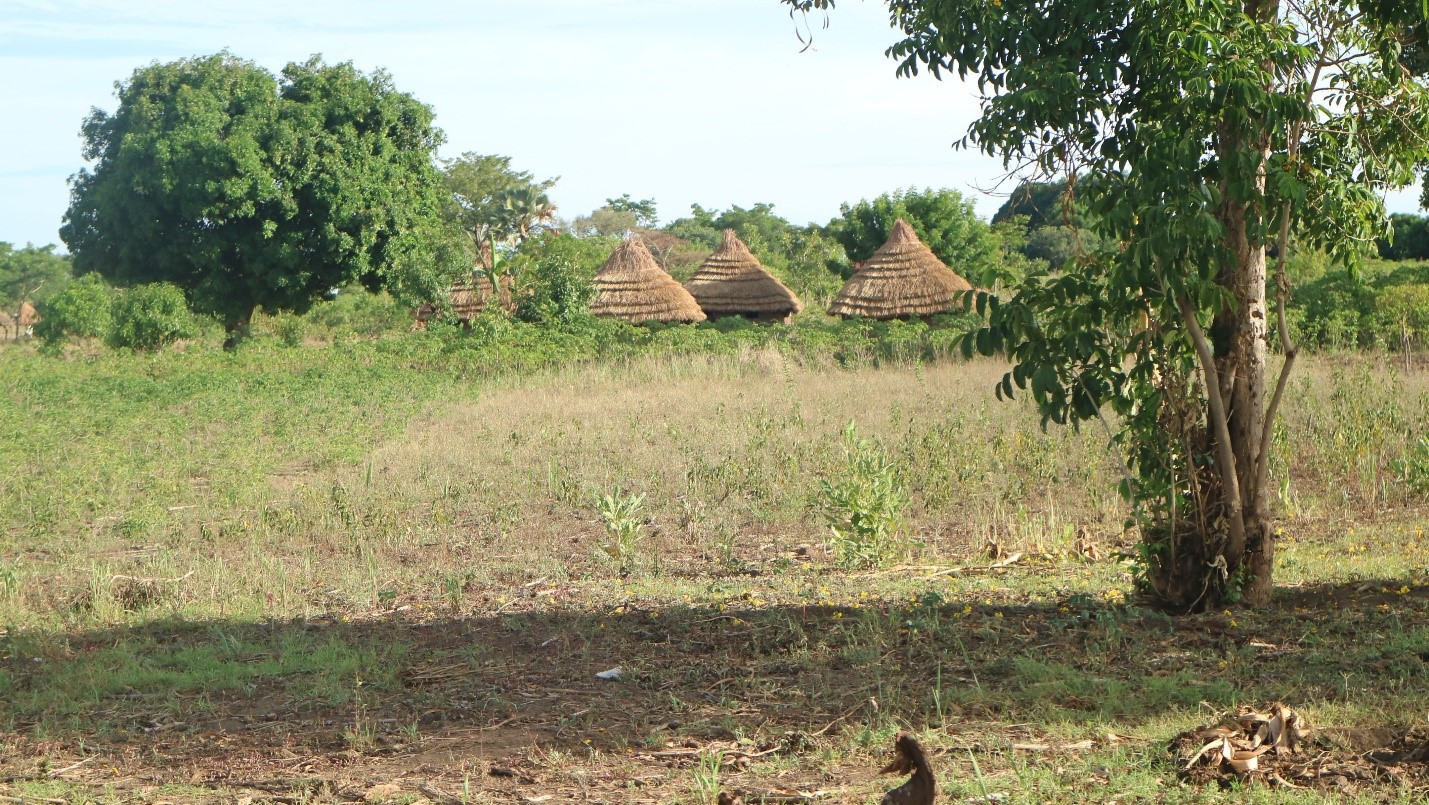
Figure 16 The scene toward Omojonga LSSL homestead site.
Ending upbeat!
A year since we launched the management structure for ETFE
The main activities of ETFE have swung between the two sites of Omor and Omojonga. However, the main progress has taken place in the homestead and fields at Omojonga. We have created a YouTube video (ETFE’s approaches and LSSL “Live for Soil; Soil to Live” https://www.youtube.com/watch?v=T96Xcz4bDxE)[i], which summarizes our approach and interest in agroecology. It’s now our chance to pull away from the various set-backs in labour relations, with pigs contracting swine flu and perishing, all the chickens dying and saddest of all was the harsh visa refusal from the UK Home Office after Genevieve had four official invites to speak at universities about agroecology in Uganda. This was a blow to our efforts to become more established and to enter into dialogue with interested parties, researchers and so on.
It was possible to suggest many major constraints let us down so much and that we as an enterprise were destined to failure. However, without hands-on experience with farming in Uganda, without direct agroecology knowledge and without any background in running a business we have come a long way in twelve months. The people, neighbours and wider community in Omojonga are extremely happy and proud to see the developments at the homestead and surrounding plots of land. People are very welcoming and happy to help, lend their labour. Thanks to the women who helped make the floors in each of the huts. Thanks to the stunningly good labour digging the latrines especially from Sam Ilegu and Nyagi. Thanks to Omuket for regular support in the agricultural work. Thanks to our neighbour JJ for keeping an eye on things, looking after tools and lending support whenever possible. Most of all we share our deepest thanks to Pastor Francis for helping consistently in too many ways to list, e.g. skillfully thatching the rooves, being their so much, driving the passion fruit operations, being the secretary at meetings and above all showing intent and insight to the vision that ETFE has set down. We’ve driven this so far with passion, intent, commitment, and let’s hope that’s reflected in the photos that we show in this and other blogs. Let us also hope some of you readers may have that interest to visit, to come and work, to take on some research, to volunteer and share in the efforts being undertaken. We welcome your support in any way that you can from a like on Facebook, to a promise to visit some time and perhaps even some investment support, which would be extremely helpful at this early stage. The output productivity is aiming at becoming a viable business of a small size, initially. Over time, the agroecology element will become an entanglement of knowledge, science, practice, and above all, a part of the global movement to achieving sustainable food production and working with nature instead of endlessly exploiting it.
Thank you,
Nick and Genevieve. 20th July 2019.
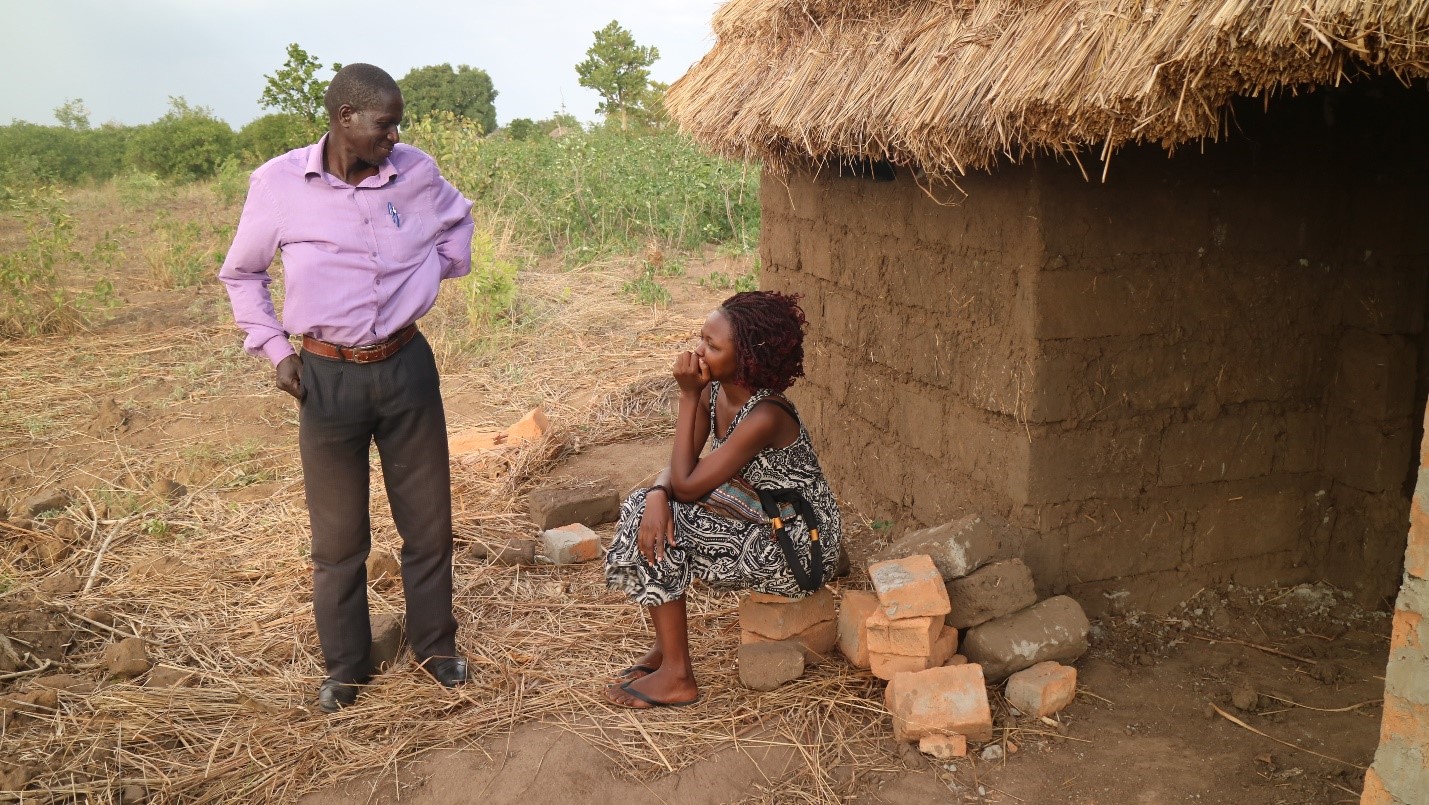
Figure 17 Pastor Francis and Asomo discussing progress in the building, April 2019.
[i] https://www.youtube.com/watch?v=T96Xcz4bDxE Promotion, 2019 July
“Ebonyu Transformation Farm Enterprise (ETFE) is a progressive agroecology farm, which was set up in July 2018. Located in Kalaki District, Eastern Uganda. ETFE aims at applying organic integrated farming methods including soil fertility conservation, mixed water harvesting techniques and developing a variety of local knowledges including insight to ecosystems and biodiversity. The farm intends to produce the highest quality sustainable and nutritious foods. ETFE operates as a business with social impact as well as achieving direct engagement with at least seven SDGs (sustainable development goals).”
See ETFE website: www.etfe-ug.com
Crowdfunder link: https://www.crowdfunder.co.uk/agroeco…
Twitter Account: @EbonyuEtfe
Facebook page: https://www.facebook.com/EBONYUTRANSFORMATIONFARMENTERPRISE